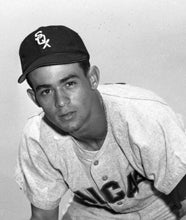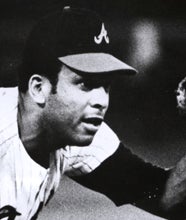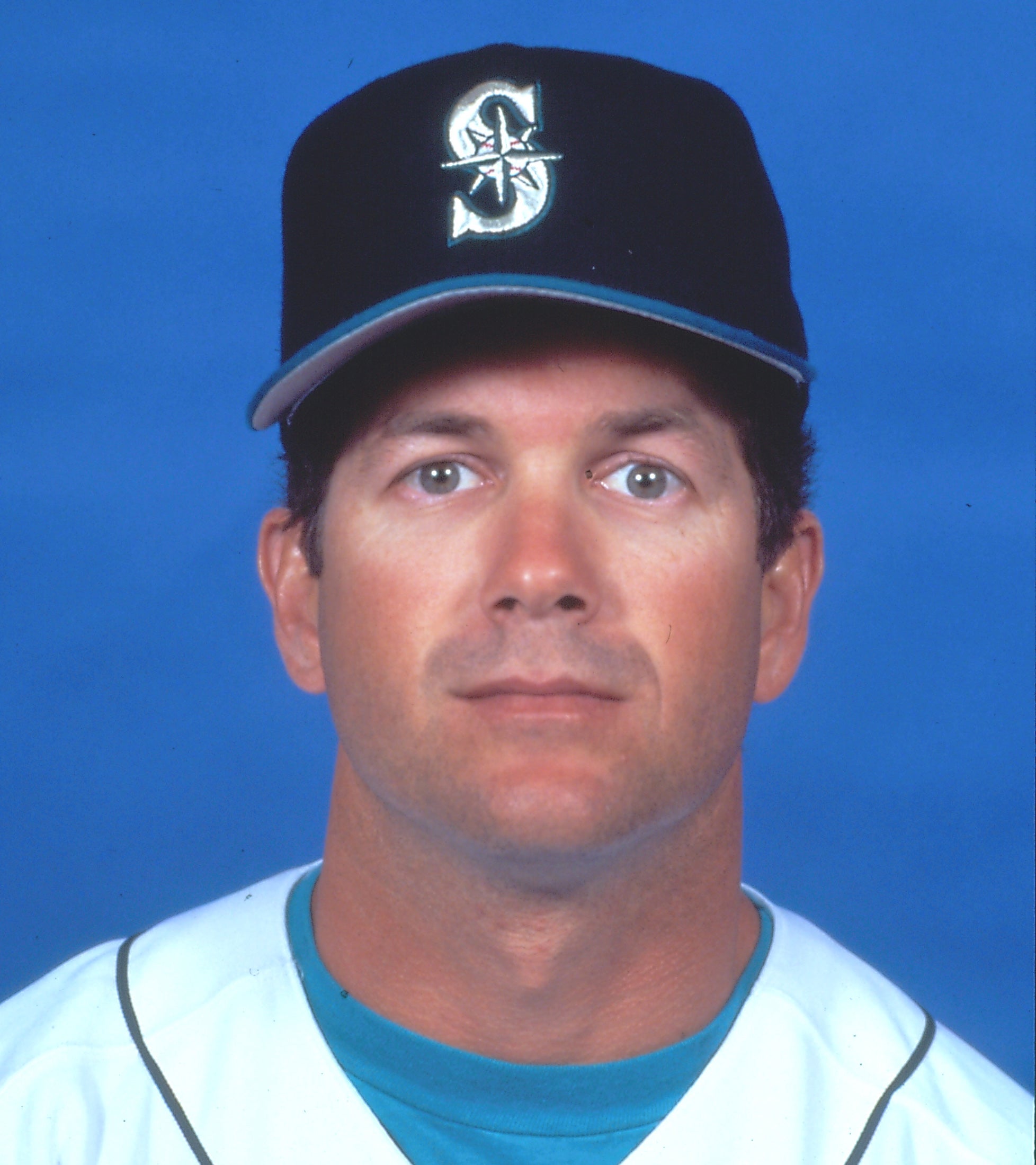- Home
- Our Stories
- DH rule gives Cepeda a chance to shine in Boston
DH rule gives Cepeda a chance to shine in Boston
A chronic left knee injury limited Orlando Cepeda to just 31 games in 1972, with many observers believing his career might be over.
But when the American League instituted the designated hitter rule in 1973, Cepeda found new life – and capitalized by adding another outstanding season to his Hall of Fame resume.
On Jan. 18, 1973 – just days after American League owners approved the new DH rule – the Boston Red Sox signed Cepeda, who had been released following the 1972 season by the Athletics. Traded to Oakland by the Braves on June 29, 1972, in a deal for Denny McLain, Cepeda made three appearances as a pinch hitter for the A’s in July before being sidelined for the rest of the season after undergoing knee surgery.
“If not for the designated hitter, I am not here,” Cepeda told the Dayton Daily News during Spring Training. “I like to play first base, but I’ll play wherever this man (Red Sox manager Eddie Kasko) wants me.”
Official Hall of Fame Merchandise
Hall of Fame Members receive 10% off and FREE standard shipping on all Hall of Fame online store purchases.
Cepeda slowly built up his trust in his repaired knee, which he injured seriously in 1965 – a setback that robbed him of the speed that he parlayed into 142 stolen bases over his 17-year big league career.
“Who knows what I have missed because of this?” said Cepeda, gesturing to his left knee. “The whole thing is breaking away from the plate after I hit the ball. I must confess I have fear on the first step that (the knee) will go out on me. But every day I have more confidence.”
Cepeda earned the Opening Day nod at Fenway Park as the Red Sox’s designated hitter – and might have been the first DH to come to the plate in AL history had the visiting Yankees not rallied for three runs in the first inning of that game, allowing Ron Blomberg – batting sixth for New York – to etch name in the record books.
Cepeda began the season looking like he had recaptured the form that made him the National League Rookie of the Year in 1958 and the NL Most Valuable Player in 1967. A nine-game hitting streak from April 18-28 featured eight games where he tallied multiple hits, and Cepeda put together a 17-game hitting streak in late July and early August that saw him push his batting average over .300.
“The only thing I’m doing different,” Cepeda told the Associated Press, “is hitting the ball.”
Cepeda finished the season with a .289 batting average, 20 home runs and 86 RBI in 142 games – earning the inaugural Designated Hitter of the Year Award (now called the Edgar Martinez Award). But Kasko was replaced by Darrell Johnson following the 1973 season, and Johnson committed to playing young up-and-coming stars like Cecil Cooper, Dwight Evans, Juan Beníquez and Bernie Carbo that spring.
On March 26, 1974, the Red Sox released Cepeda and Luis Aparicio – who would one day be reunited in Cooperstown – as they fully embraced their youth movement.
“No matter how prepared you are, things like this do come as a shock,” Cepeda, who indicated that Johnson had hinted he would be released, told United Press International. “That’s life. You aren’t going to be ready for everything.”
Cepeda would eventually sign with the Royals on Aug. 6, 1974, playing in 33 games down the stretch as a DH and pinch hitter after spending the first part of the season in the Mexican League. He hit just .215 that season with the Royals in the final campaign of his big league career.
In February of 1975, Cepeda announced his retirement, ending his career with a .297 batting average, 379 home runs and 11 All-Star Game selections.
He was elected to the Hall of Fame in 1999.
Craig Muder is the director of communications for the National Baseball Hall of Fame and Museum
Related Stories

Cepeda caps comeback with unanimous NL MVP
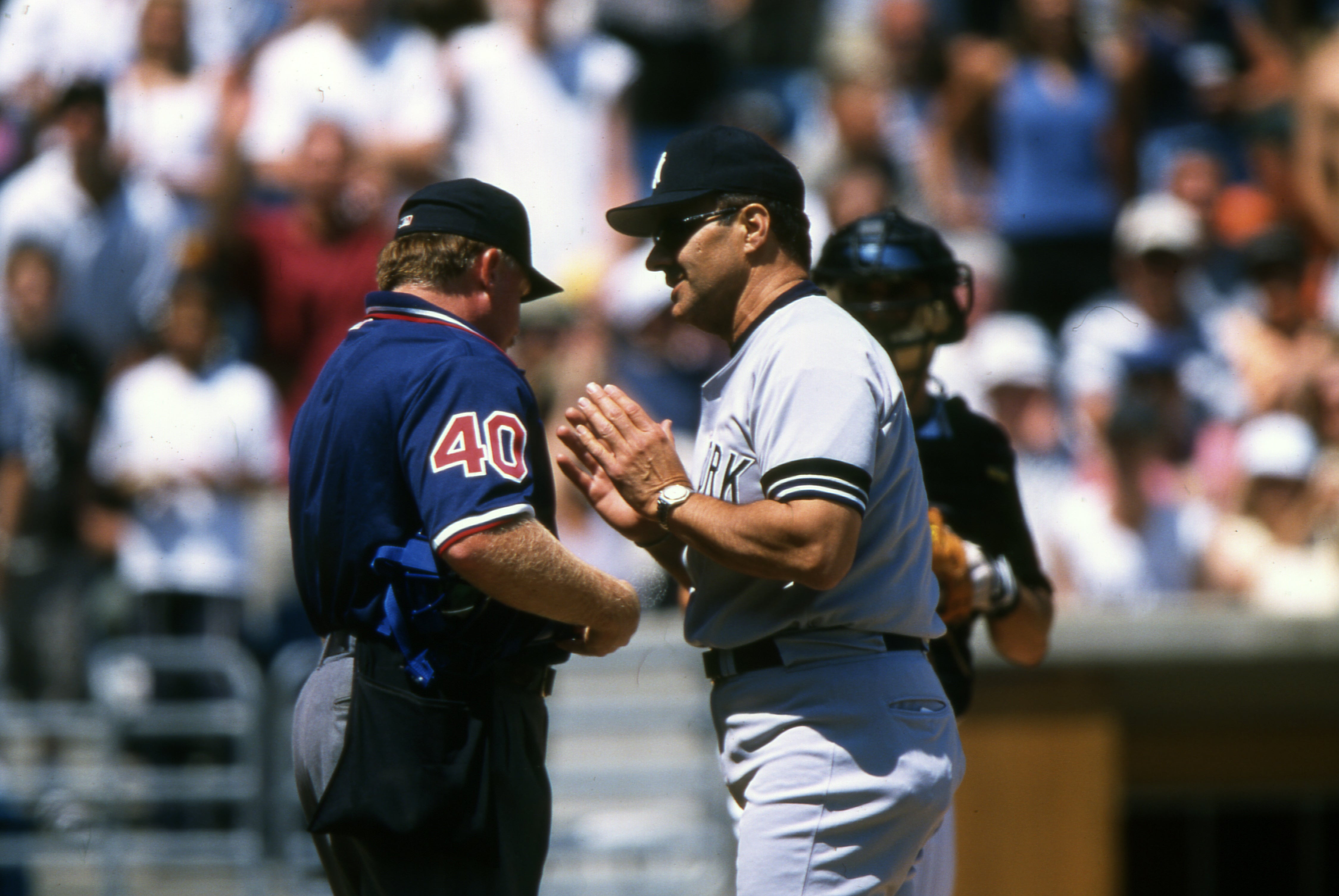
Cepeda, Torre traded in swap of future Hall of Famers
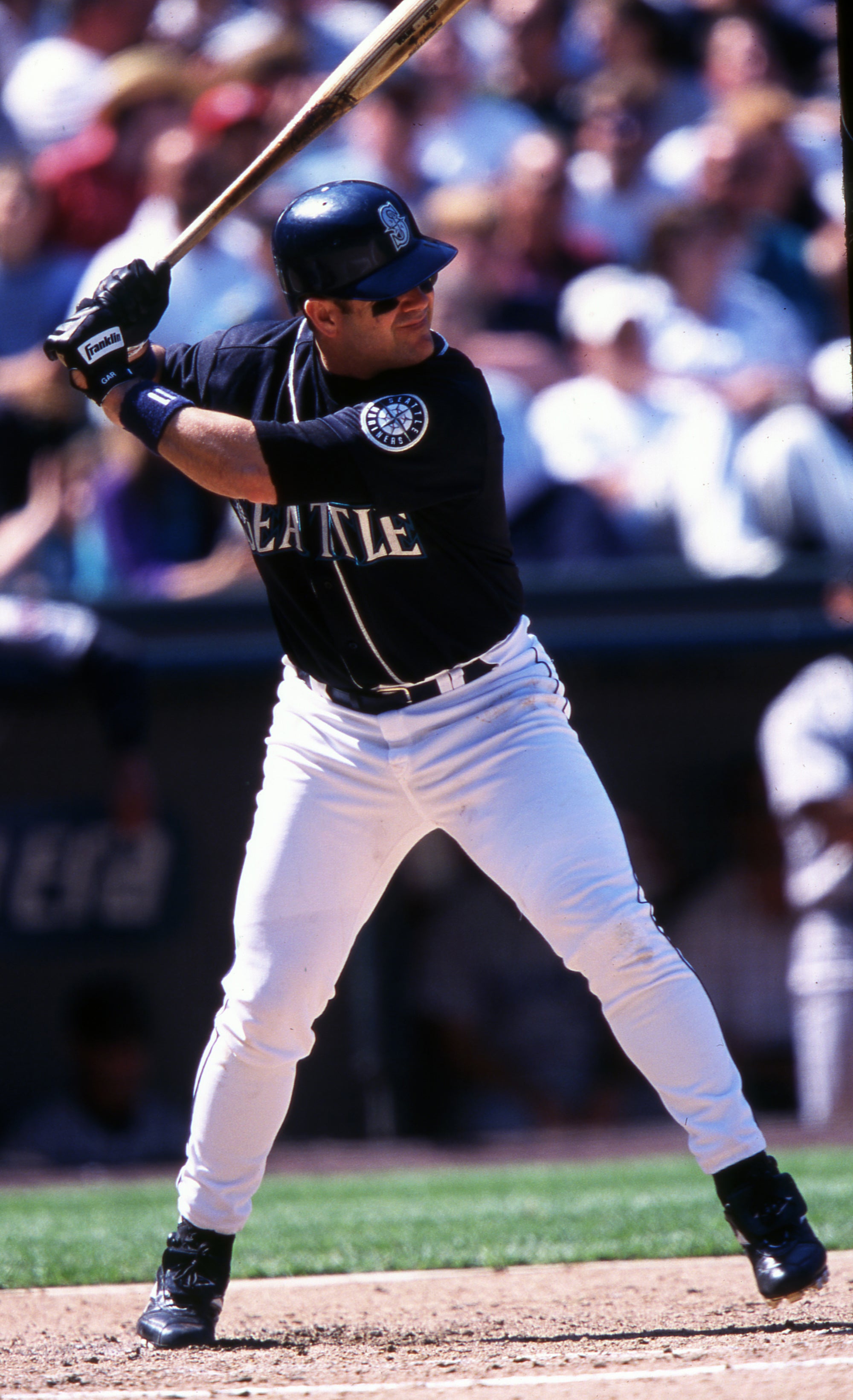
Martinez redefined role of DH
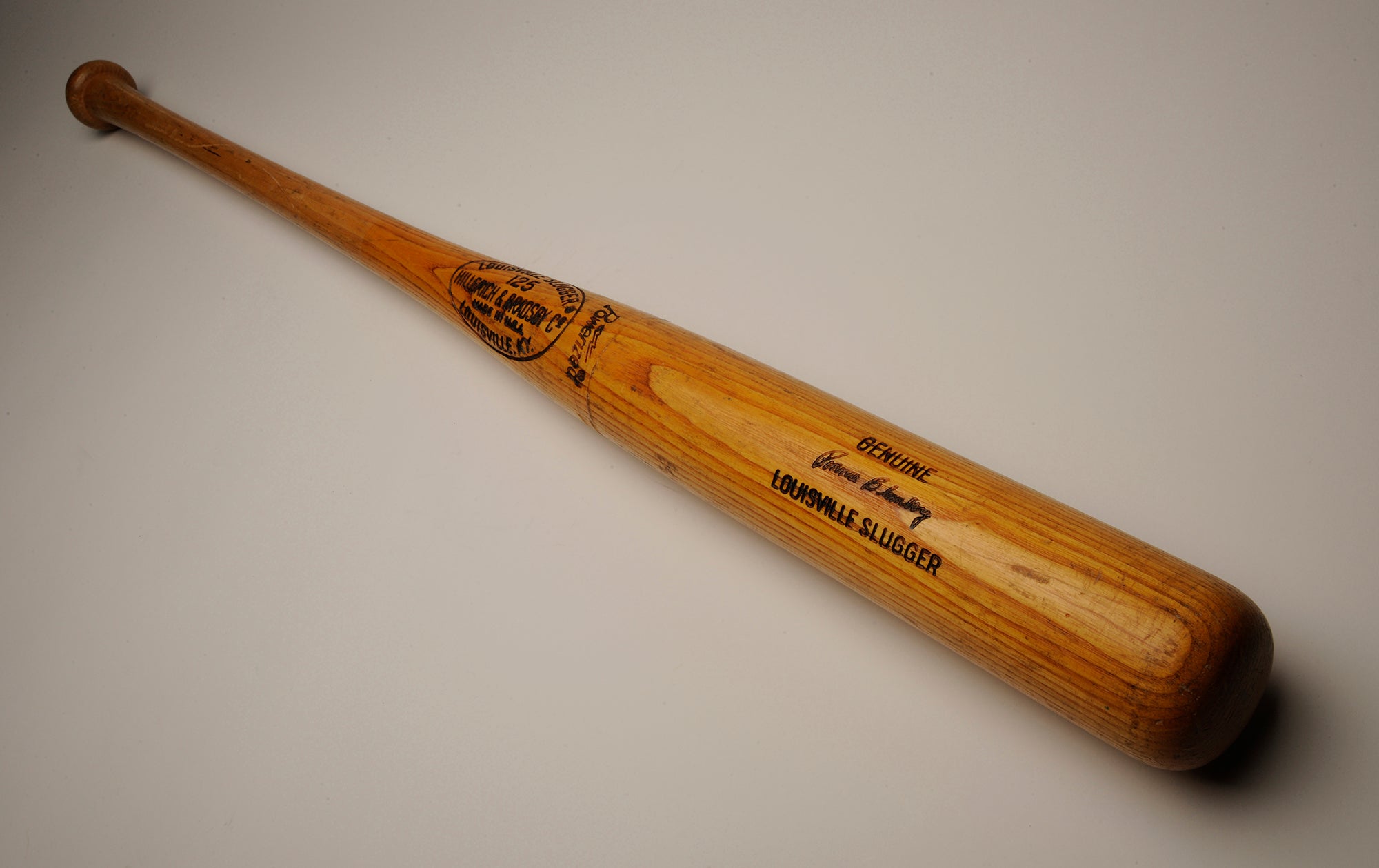
The AL changed the game with a historic designation

Cepeda caps comeback with unanimous NL MVP

Cepeda, Torre traded in swap of future Hall of Famers

Martinez redefined role of DH


